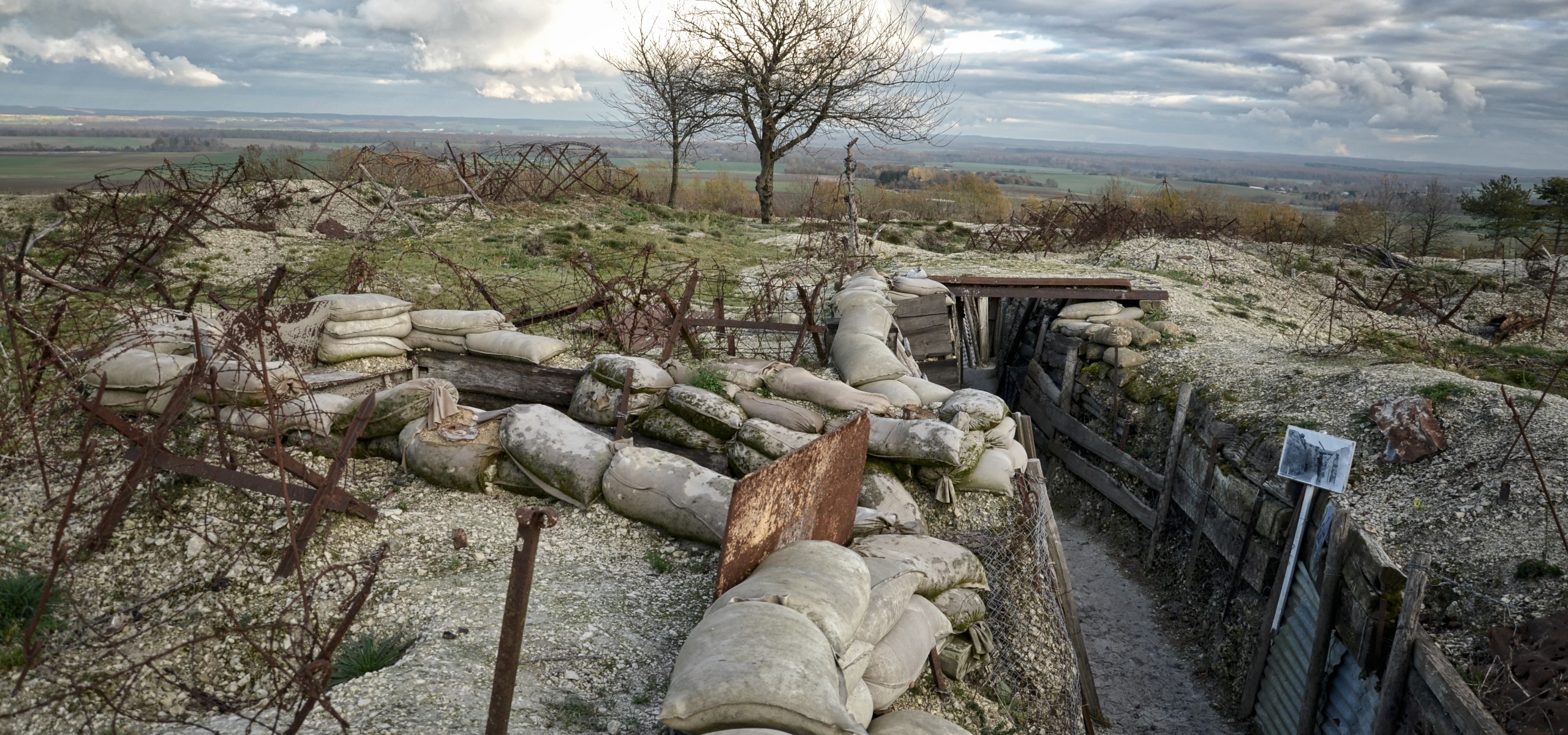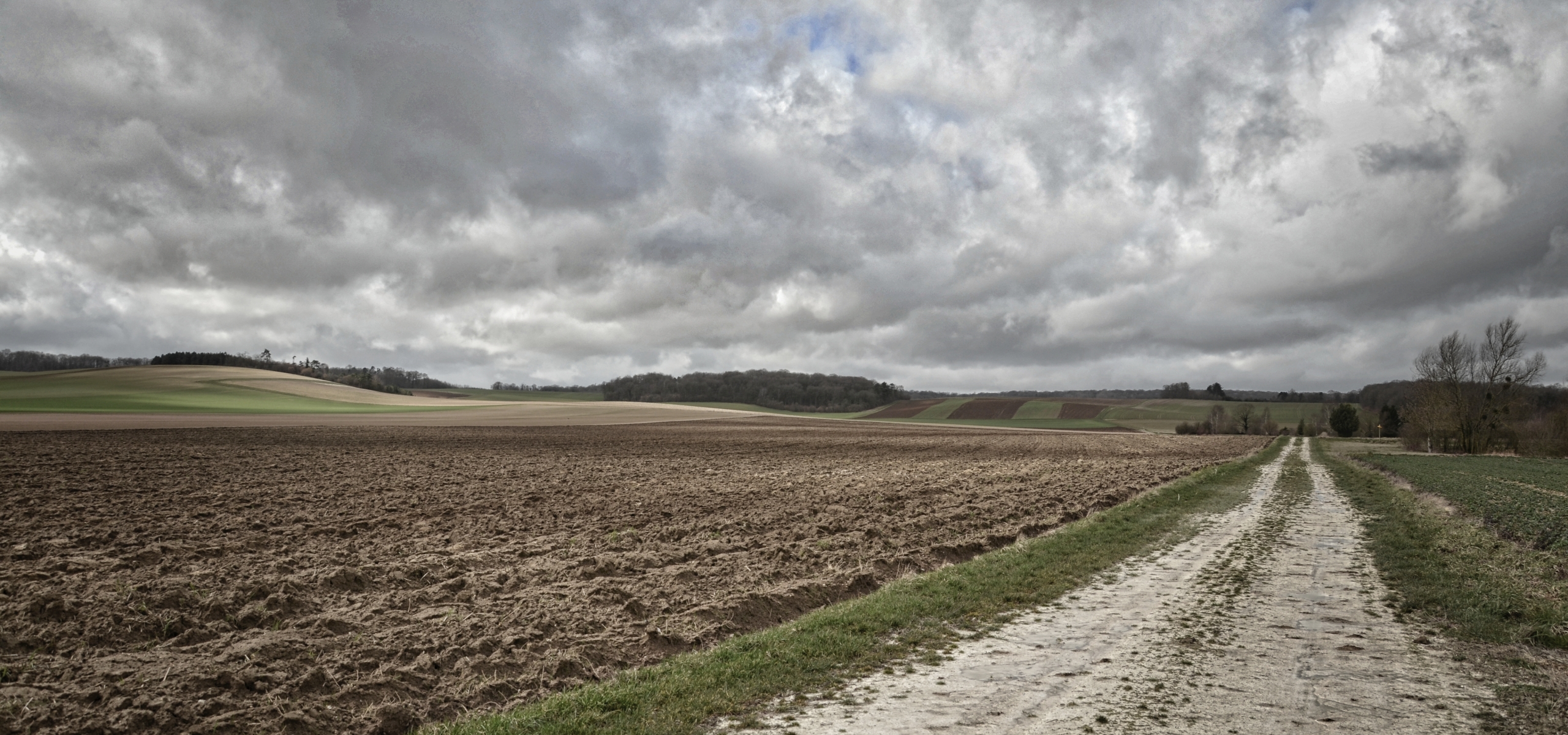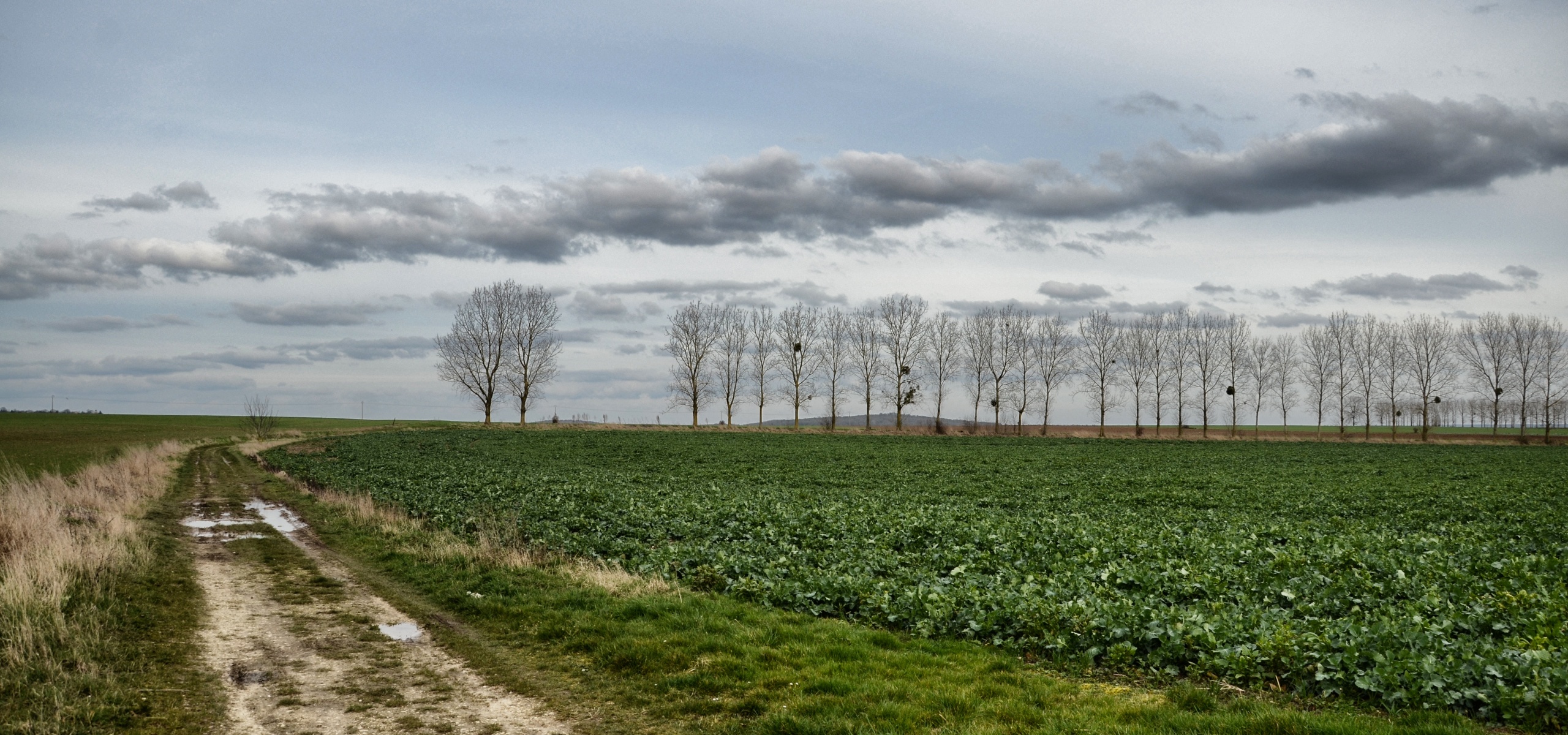WW1 Revisited
A Great War Journey with Paul Reed

Archives

The battlefields of Verdun are among the most haunting on the Western Front: vast acres of forest with crumbling trenches, bunkers and shell holes. In 1916 more than 770,000 French and Germans became casualties here and more than a thousand high explosive shells fell for every square meter of the battlefield. The French National Cemetery at Douaumont stands in the heart of the battlefield overlooking the scenes of some of its most… Read More

Today is the centenary of the Gallipoli landings which took place on this day in 1915. To Australian and New Zealand readers of this blog it is ANZAC when arguably their nation came of age as they fought in the first major conflict of their country’s history. Today we remember the British Tommies at Cape Helles, the French Poilus alongside them and the Diggers and Kiwis at ANZAC. But we must also… Read More

The First World War trenches at Main des Massiges have featured several times on this site recently and understandably so as they are among the most impressive anywhere on the Western Front. Here a local association has used experimental archaeology to recreate both French and German trenches from the early war period. This was an area that saw heavy fighting in 1915 including some of the earliest examples of war underground with… Read More

The trench system at Main de Massiges, a hillside in the Champagne battlefields that was the scene of heavy fighting in 1915 and became almost a household name in France, is one of the most impressive on the Western Front today. Trenches have been excavated and restored by a local association as can be seen in this aerial image. Known by very few visitors to the battlefields the Main de Massiges trenches… Read More

Trenches that look anything like what they did a century ago are very rare but this site in the Champagne is quite amazing and has featured on this site before. This image was taken this week looking out across the fields where the fighting was very heavy in September 1915. A full article on this site will appear on WW1 Revisited this winter.

A century ago the fighting in the fields of the Marne close to Paris was in full swing. Nearly two and a half million British, French and German soldiers, with Colonial troops from the far flung corners of the French Empire, were locked in combat in what would be one of the most decisive battles of 1914 and arguably of the whole war. Historian Dan Snow has just released this excellent video… Read More

On this day a century ago the Battle of the Marne began, a turning point in the early months of the Great War when the German Army was stopped from reaching Paris. Nearly two and a half million men fought in this battle which lasted less than a week and resulted in heavy losses on both sides; one in four of the French soldiers who took part became casualties, for example. The… Read More

A century ago today during the early stages of the Battle of the Marne, French author and poet Charles Péguy was killed in action. Péguy was no youngster; he was 41 when he went to war with the 19th Company of the 276th Regiment of Infantry in the French Army with the rank of Lieutenant. Going into action in the fields seen above he was shot in the head and killed instantly, one… Read More

A century ago today the Battle of Morhange saw the start of one of the bloodiest periods of the war for France, now largely forgotten, especially outside of France. Morhange was in Lorraine and was in a region annexed by the new nation of Germany after the Franco-Prussian War in 1871. Therefore Morhange was in Germany in 1914 and called Mörchingen. In the fighting here on 20th August 1914 the French lost more… Read More

Corporal Jules-André Peugeot was a 21 year old teacher from Eastern France who was mobilised and in uniform a hundred years ago today as his unit approached the German border while France and Germany went to war. They clashed with German cavalry and Peugeot was killed. This memorial to Peugeot, the first French Poilu to fall on the Western Front in 1914, was originally built after the war but was destroyed by… Read More

Les Crapouillots was a satirical magazine during the Great War and also the name given to the Trench Mortar branch of the French Army by the Poilus in the trenches. This memorial in the village of Laffaux in the battlefields between Soissons and the Chemin des Dames commemorates 12,000 men of the unit who died on the Western Front. Constructed in the 1930s it was badly damaged in May 1940 during the… Read More

The village of Sommepy in the Champagne battlefields was behind the German front line for most of the war until the ruins of it were taken by American troops from the American Expeditionary Force in September 1918. This archway, which was once part of the entrance to a large chateau, is the only remaining structure from the pre-1914 days still standing in the village. It is peppered with shell impact marks and… Read More

Small French battlefield cemeteries are rarer than the British ones on the Western Front as most battlefield cemeteries were concentrated into larger burial grounds in the 1920s. This small battlefield cemetery is close to the village of Chavannes les Grands in the Vosges and commemorates men from a French regiment who fought here in August 1914. Buried here are Lieutenant Paul Genairon and his comrades of the 260th Regiment of Infantry. On… Read More

When the Great War went static during the winter of 1914/15 and trench warfare began, steel “sniper’s plates” started to be used by both sides to afford protection to their troops and enable them to fire safely across No Man’s Land. There were many designs of these and some just had a hole to fire through, while others used a ‘key-hole’ system so that the protected area could be sealed up again… Read More

Comments on WW1 Revisited